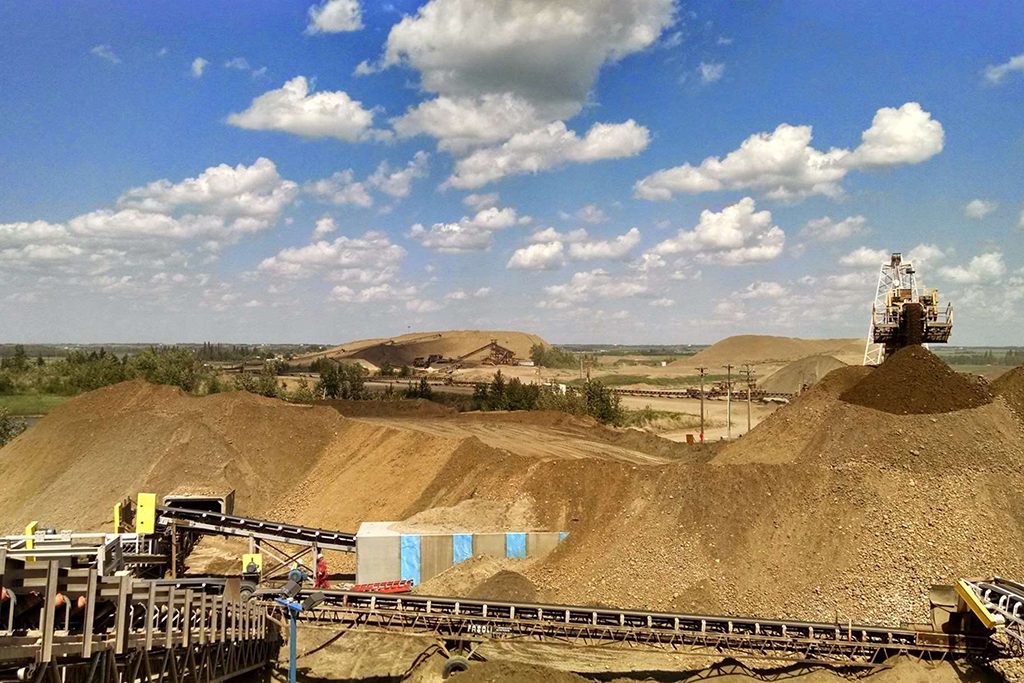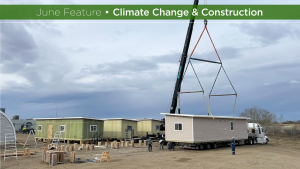The Alberta Sand and Gravel Association (ASGA) is concerned about the regulatory process and time it takes for the province to review permit applications from producers for development of new extraction areas.
A report issued by the association’s land and environment committee, which consists of sand and gravel operators and environmental consultants, indicates that the situation is causing problems because companies are unsure of what the rules are and there are also inconsistencies between regions.
“With increasing awareness of environmental impacts on development, implementation of current regulations changes faster than the actual regulations do,” the group said in a report called Aggregate Development in Alberta, Recommendations Related to Delays and Inconsistencies on Environmental Permitting.
“This has led to regulatory uncertainty when sand and gravel operators prepare to develop an area for sand and gravel extraction. Uncertainty causes delays in the development and recovery of aggregate material while increasing costs and timelines. Review times are growing and can commonly take two to five years.”
The report notes that the sand and gravel industry is a pillar to the province’s economy, and aggregates have the largest commercial value of any non-energy/non-renewable mineral resource produced in the province while being a key component in support of the development of infrastructure and providing resources for other industries such as manufacturing, forestry and oil and gas.
Environmental standards and legislation have been in place for the development of sand and gravel pits in Alberta going back to 1978, with oversight being done by Alberta’s Ministry of Environment and Parks (AEP). But, the report notes, efforts have not been successful in reducing approval acquisition timelines and reviews.
The committee found that several factors are contributing to the delays, the most often cited being the lack of staff resources or the inconsistent application of AEP’s rules, which can vary from region to region.
Another frustration is in regard to public lands, where the Aggregate Land Review process has not replaced other application processes, but just created additional ones.
“These frustrations are further exacerbated by a lack of communication from AEP,” the report authors state. “Phone calls and emails from industry are not responded to, and can even often go without a response. Existing regulations are also inconsistently applied in different regions, which is troublesome to industry.”
According to the report, the process of obtaining all necessary authorization requirements for development of an aggregate operation is a very costly and timely endeavour that takes many years to recuperate costs, and consideration must be given to whether a resource can withstand ever-changing approval requirements, through the lengthy review period of the application itself, and the entire life cycle of the pit.
A survey conducted in December 2018 by ASGA indicated that members had seen an increase in permitting costs of up to 60 per cent. Additionally, members have observed an upward trend in application review timelines.
“Given the uncertainty of the regulatory process and the upward trend in permitting costs and review times, the financial risk for aggregate producers to develop new locations is limiting the growth of the industry,” the report states. “This has the potential to ultimately lead to aggregate shortages in specific market areas or most certainly increased costs to infrastructure projects, end-users, and the economy in general.”
Appendices of the report detailed reviews of the process for permitting land for aggregate extraction under the Public Lands Act (PLA) and the Code of Practice for Pits. There were constraints in both on application review timelines and processing, inconsistencies in requirements, lack of communication, and financial security management, which ultimately lead to regulatory uncertainty and financial burden.
For example, the report showed that under the PLA an operator might spend more than $20,000 through the Aggregate Land Review & Surface Material Exploration Program process, only to be rejected or denied during the Surface Material Licence (SMC)/Surface Material Lease (SML) part of the application process.
The report proposes a number of solutions, many of which deal with the lack of codified standards as well as uniformity of standards between regions to let producers know what they need to address in their applications. The suggestions also address application review timelines and processing of applications.
The authors suggest implementing mandated timelines for all applications under the Code of Practice for Pits, similar to those in place for agencies like the Canada Energy Regulator, and that the province continue development of a OneStop online application system for straightforward applications under the Environmental Protection Enhancement Act. They also propose improving staff training to ensure a better understanding of the industry and increasing communication internally to ensure consistency.
To address application processing, the main recommendation is to modify the current Reclamation Certification process by perhaps making it similar to the upstream oil and gas model and have AEP perform audits instead of reviewing and inspecting every site when an application is prepared by a qualified professional.
The authors also suggest developing an aggregates unit with one designated director to review all pit aggregate applications to distribute the work across the province or, alternatively, assess staffing capacity and ensure appropriate staffing availability for all regions.
As for lack of communication, they propose developing strategies and guidelines to increase communication internally to ensure consistent interaction, and externally to set expectations with industry, applicants and frontline staff.











Recent Comments